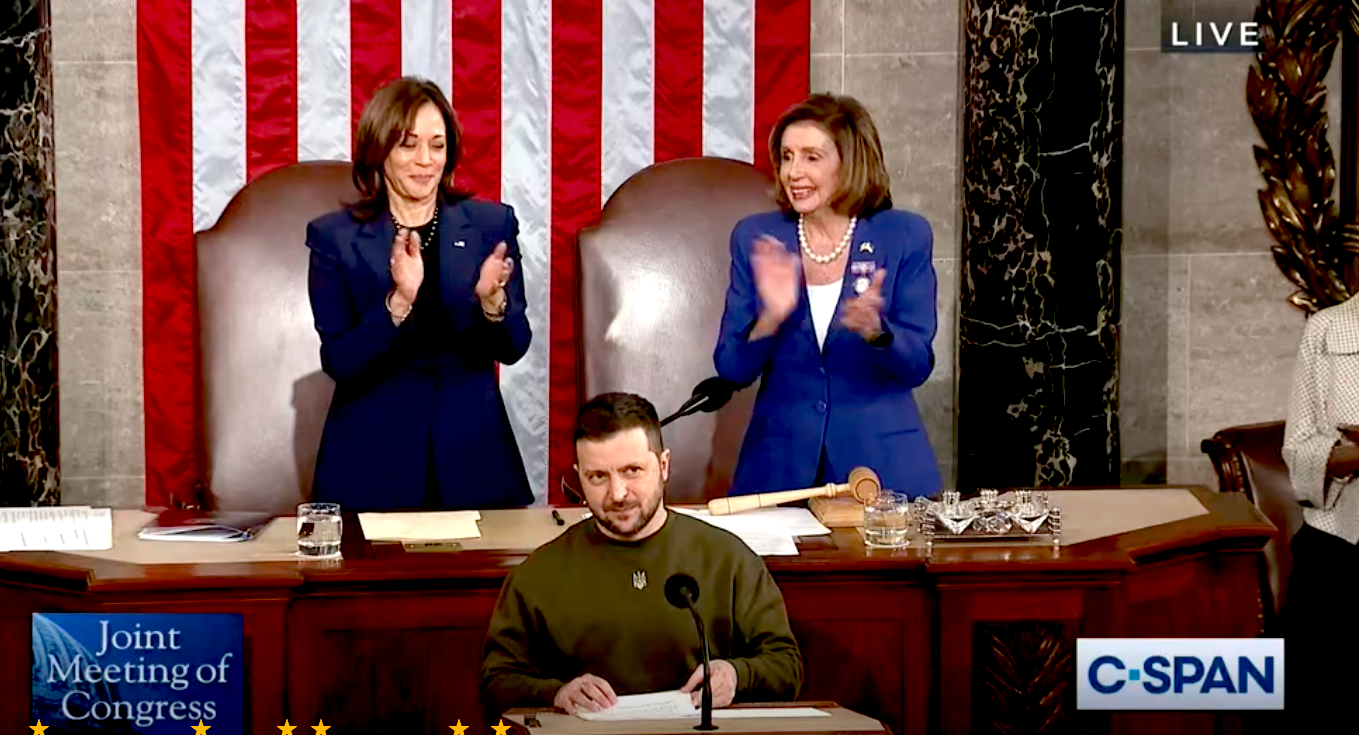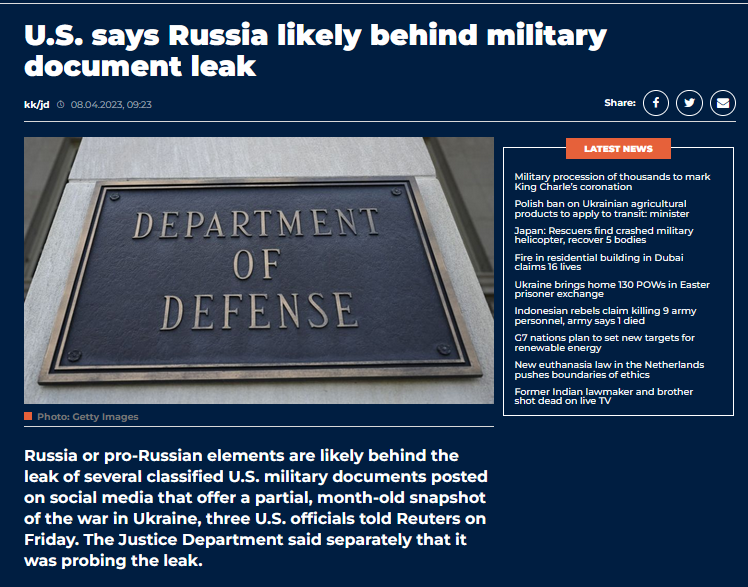Snowden and Teixeira: Ten Years of Disaster
MEDIA, 24 Apr 2023
Craig Murray - TRANSCEND Media Service
The behavior of The New York Times and Washington Post in the current case involving secret documents is truly shocking. In contrast to 10 years ago, they now see their mission as to serve the security state, not public knowledge.
16 Apr 2023 – Ten years ago, WikiLeaks helped Edward Snowden to escape and publish his revelations by The Intercept, Guardian, New York Times and others.
In 2023 Jack Teixeira is tracked down by U.K. secret service front Bellingcat in conjunction with The New York Times and, in parallel with The Washington Post, not to help him escape or help him publish or tell people his motives, but to help the state arrest him.
Those outlets have accessed a cache of at least 300 additional secret documents in doing so — and have kept them secret, with the exception of a couple of snippets that mainly forward the official state narrative.
The contrast with 10 years ago tells a very real and glaring truth. The idea that the legacy media in any way serves the truth or the public interest is now completely buried. The legacy media serves the state, and the state serves the billionaires.
WikiLeaks is now so hamstrung by attacks on its finances, personnel and logistics as to be almost inoperable. Propaganda outfit Bellingcat was conceived as a way to counter it, by producing material with the frisson of secret access but actually as an outlet for the security services. An astonishing amount of “liberal opinion” falls for it.

Jack Teixeira. (U.S. Air National Guard, Public domain, Wikimedia Commons)
Similarly The Intercept, like The Guardian, was subject to an internal takeover that delivered it entirely into the hands of the neo-conservatives.
Neither the alleged journalists of The New York Times, Washington Post, nor Bellingcat did the most basic things a real journalist would do.
They did not contact Teixeira, speak to him, ask him to explain his motivation and look through the other secret material to which he had access, to get Teixeira’s view on its meaning and implications and to publish what in it was in the public interest.
Instead, they simply shopped him to the F.B.I. and closed down the remaining documents.
I am not at all surprised by Bellingcat, which is plainly a spook organisation. I hope this enables more people to see through them. But the behaviour of The New York Times and Washington Post is truly shocking. They now see their mission as to serve the security state, not public knowledge.
In the 10 years between Snowden and Teixeira, the world has changed hugely for the worse. Not only has a huge amount of freedom disappeared, freedom’s former guardians have been subverted. It has been 10 years of disaster.
[Related: Corporate Media Are the Anti-WikiLeaks]
A cache of twitter images of some of the leaked documents is here. I am not aware of any broader cache — feel free to insert links to any in the comments.
Labelled ‘Russian Hacks’ or ‘Disinformation’
The initial reaction to the leaked documents was to rubbish them with the memes routinely applied to all information embarrassing to the state nowadays — they were either “Russian hacks” or “faked or amended disinformation.”
These attacks were particularly important as the message that came over clearly from these Teixeira leaks was precisely the same as that which came over from Daniel Ellsberg’s original Pentagon Papers leak 50 years ago — that the public is being lied to about how the war is going.
[Related: Leaks Spelling the End for Ukraine]
(It is worth reflecting that in today’s world The New York Times and Washington Post would have condemned Ellsberg and emphasised those bits of the Pentagon Papers which reflect badly on the VietCong).
Ukraine was particularly concerned about U.S. official figures showing Ukrainian casualties much higher, and Russian casualties much lower, than the Ukrainian official figures the U.S. ostensibly endorsed.
Revealing the Obvious
I have to say I always find both Ukrainian and Russian casualty figures laughably false. The idea that either side is telling the truth appears to me one that no half-sensible person could entertain. I had presumed that was the general view.
Revelations about the fragility of Ukrainian air defences and supply lines similarly seemed to me a statement of the blindingly obvious.
It is also unhelpful for the U.S. to have revealed that it is actively spying on President Volodymyr Zelensky, as well as allies such as South Korea and Israel. But again, this is embarrassing in the sense it is embarrassing if somebody publishes pictures of you on the toilet; it is not that nobody thought you used the toilet.

Ukraine’s President Volodymyr Zelensky acknowledging applause from a joint session of U.S. Congress on Dec. 21, 2022. (C-Span still)
There is not a diplomat alive who did not know the U.S. does this stuff.
Eventually the media and security services, with Bellingcat in the vanguard, decided the best way forward was to admit the papers are genuine, but only tell us about very selected ones, and then with a positive spin.
So we have stories about how brilliant the U.S. secret services are at penetrating Russian power structures and communications, and how the real danger from the leaks is revealing to the Russians the extent of American success.
That line has been splashed all over legacy and social media. As the public is being denied the original documents this conclusion is extrapolated from, it is difficult to assess. The journalists of course have not assessed it; they have just copied and pasted the line.
Other helpful snippets for the security services are published, such as an assessment that the U.N. secretary general is pro-Russian, or standard stuff on North Korean nuclear ambitions. In the last week it is noticeable that, since original documents stopped surfacing into public view, nothing has been published that does not serve U.S. propaganda narratives.
There remains the mystery that the sources of these documents seem particularly diverse – in particular some being apparently internal C.I.A. – for an intelligence officer in the Air National Guard to access, but it is not impossible.
Jack Teixeira is at the centre of this puzzle but remains the missing piece. We have heard nothing from him. A rather unconvincing interview with a suspiciously fluent, pixeled out acquaintance grassing him up to The Washington Post stated that he was a right-wing patriot.
Teixeira has been portrayed both as some kind of rampant supporter of former President Donald Trump who is incensed at the state, and as an inadequate jock revealing documents just to boast to fellow gaming nerds. We should remain suspicious of attempts to characterise him: I am acutely aware of media portrayals of Julian Assange which are entirely untrue.
It is a shame The Washington Post, New York Times, Guardian and Bellingcat each had no interest whatsoever in the journalistic pursuit of the truth behind this extraordinary episode. We live entirely in security states: there is no doubt about it.
___________________________________________________
 Craig John Murray (born 17 Oct 1958) is a Scottish author, human rights campaigner, journalist, and former diplomat for the UK Foreign and Commonwealth Office. Between 2002 and 2004, he was the British ambassador to Uzbekistan during which time he exposed the violations of human rights by the Karimov administration. He was Rector of the University of Dundee from 2007 to 2010 and was jailed for eight months for contempt of court in 2021.
Craig John Murray (born 17 Oct 1958) is a Scottish author, human rights campaigner, journalist, and former diplomat for the UK Foreign and Commonwealth Office. Between 2002 and 2004, he was the British ambassador to Uzbekistan during which time he exposed the violations of human rights by the Karimov administration. He was Rector of the University of Dundee from 2007 to 2010 and was jailed for eight months for contempt of court in 2021.
Go to Original – craigmurray.org.uk
Tags: Corporate Media, Hegemony, Imperialism, Journalistic Ethics, Mainstream Media MSM, Media, Military Industrial Media Complex, Official Lies and Narratives, War Journalism
DISCLAIMER: The statements, views and opinions expressed in pieces republished here are solely those of the authors and do not necessarily represent those of TMS. In accordance with title 17 U.S.C. section 107, this material is distributed without profit to those who have expressed a prior interest in receiving the included information for research and educational purposes. TMS has no affiliation whatsoever with the originator of this article nor is TMS endorsed or sponsored by the originator. “GO TO ORIGINAL” links are provided as a convenience to our readers and allow for verification of authenticity. However, as originating pages are often updated by their originating host sites, the versions posted may not match the versions our readers view when clicking the “GO TO ORIGINAL” links. This site contains copyrighted material the use of which has not always been specifically authorized by the copyright owner. We are making such material available in our efforts to advance understanding of environmental, political, human rights, economic, democracy, scientific, and social justice issues, etc. We believe this constitutes a ‘fair use’ of any such copyrighted material as provided for in section 107 of the US Copyright Law. In accordance with Title 17 U.S.C. Section 107, the material on this site is distributed without profit to those who have expressed a prior interest in receiving the included information for research and educational purposes. For more information go to: http://www.law.cornell.edu/uscode/17/107.shtml. If you wish to use copyrighted material from this site for purposes of your own that go beyond ‘fair use’, you must obtain permission from the copyright owner.
